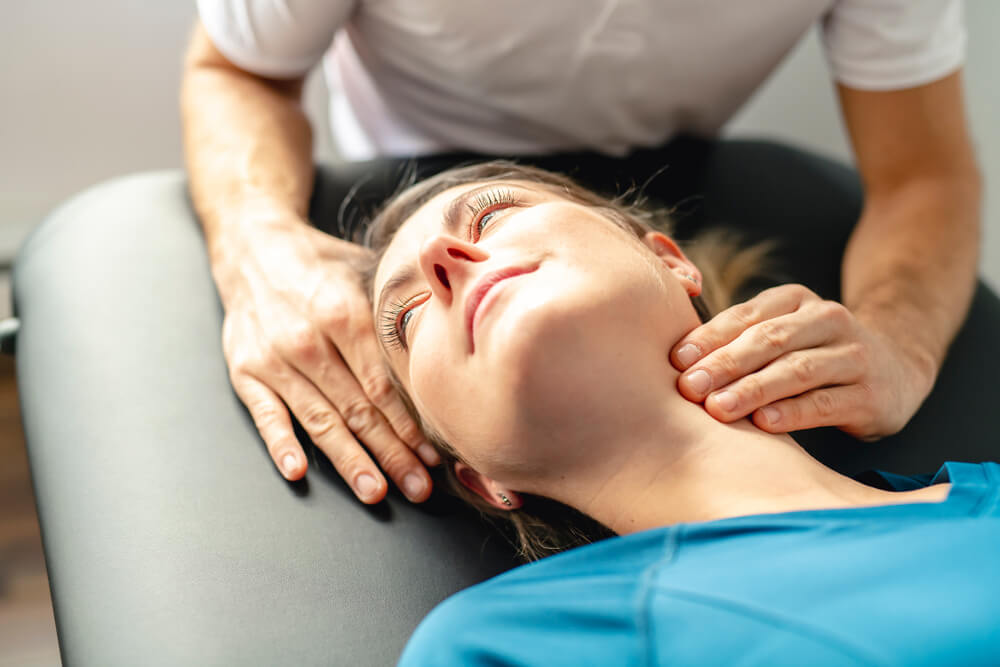Understanding your condition and the body parts it affects. It’s something that many patients don’t think about, or they may not think it’s important if they do. However, understanding basic temporomandibular joint (TMJ) anatomy can be helpful for people with a painful TMJ disorder. One medical professional who can help you learn more about TMJ anatomy and treat this joint’s disorders is a physical therapist.
Parts of your TMJ anatomy that physical therapists may help you learn about
TMJ disorders often lead to jaw pain and difficulty chewing. They can also trigger headaches or neck pain in some patients. Understanding the basics of TMJ anatomy can help you understand your condition better. It can also help you understand why your physical therapist is prescribing certain treatment techniques. Some parts of the TMJ that your physical therapist may discuss with you include:
- Articular disc — This structure is a piece of cartilage that helps reduce friction in the TMJ. The articular disc and synovial fluid in the joint both help the TMJ to move freely. Damage or wearing in an articular disc can be a source of TMJ dysfunction.
- Ligaments — There are six ligaments that help hold your TMJ together. An impact to the jaw is one factor that can cause these ligaments to be overstretched or torn. Such issues can lead to TMJ pain and dysfunction.
- Muscles — Your TMJ won’t open, close or move in any of the ways it’s intended to without certain muscles. Even a seemingly simple action like chewing your food takes a lot of coordination from several different jaw muscles, including the:
- Temporalis.
- Masseter.
- Lateral pterygoid.
- Medial pterygoid.
- Digastric stylohyoid.
- Mylohyoid.
- Geniohyoid.
- Platysma.
An injury to any of these muscles can lead to TMJ dysfunction.
How can a physical therapist help when you develop a TMJ disorder?
Helping you learn a bit about TMJ anatomy isn’t the only way a physical therapist can help people with TMJ disorders. They can also help you treat your condition. The exact treatment plan will vary from patient to patient, but there are some techniques your physical therapist is likely to use. These techniques include:
- Therapeutic jaw exercises — Certain jaw movements can help stretch jaw muscles. Others can help strengthen them. Such therapeutic exercises can help ease the pain of TMJ disorders.
- Joint mobilization — TMJ disorders often cause your jaw to stiffen up, which can increase your pain. Physical therapists can use their hands to gently move your jaw through its normal range of motion. This technique is known as joint mobilization.
Find out more about relevant TMJ anatomy and effective TMJ disorder treatment at Continuum Wellness
Keen to learn more about TMJ anatomy and find effective TMJ disorder treatment at the same time? Then you should check out Continuum Wellness. Our physical therapists can do a free screening of your jaw to pinpoint the source of your pain. They can build you a personalized physical therapy plan designed to reduce your pain, too.
Contact our team today for more information about TMJ disorder treatment or to schedule your initial appointment with one of our experienced physical therapists.



